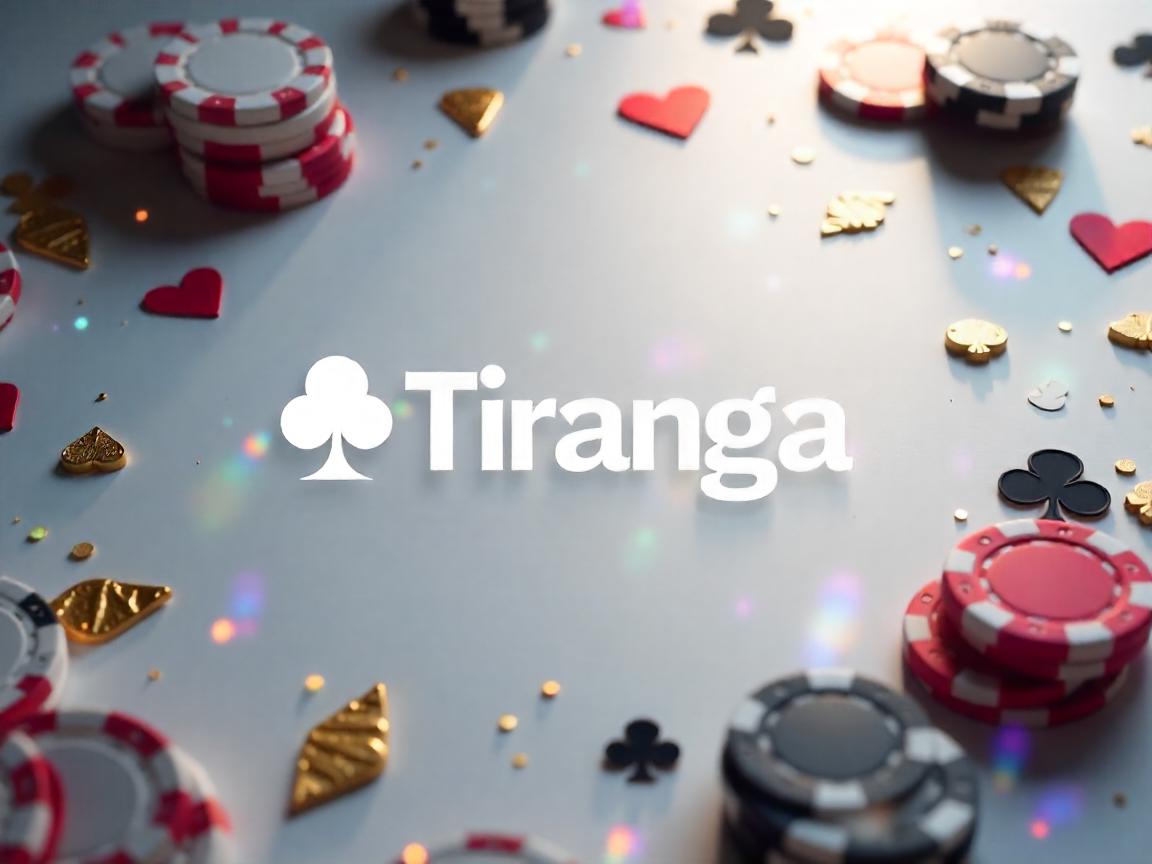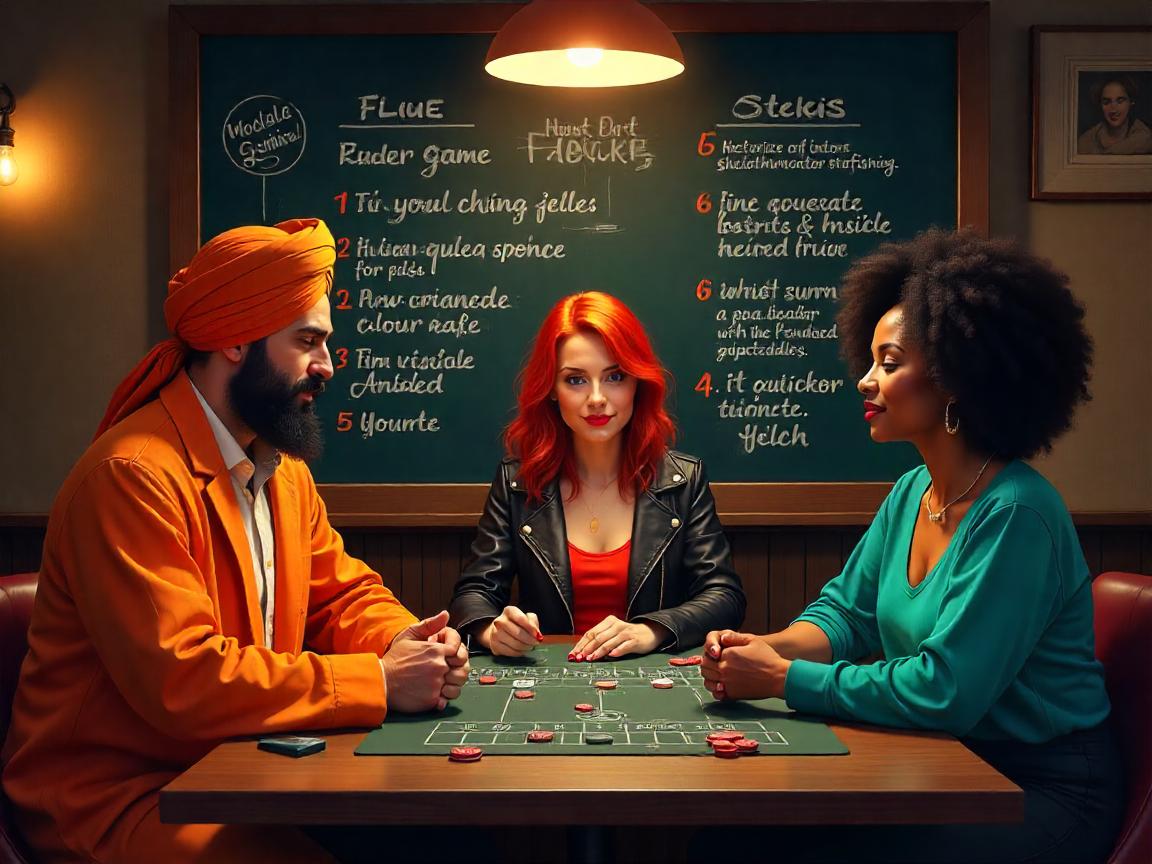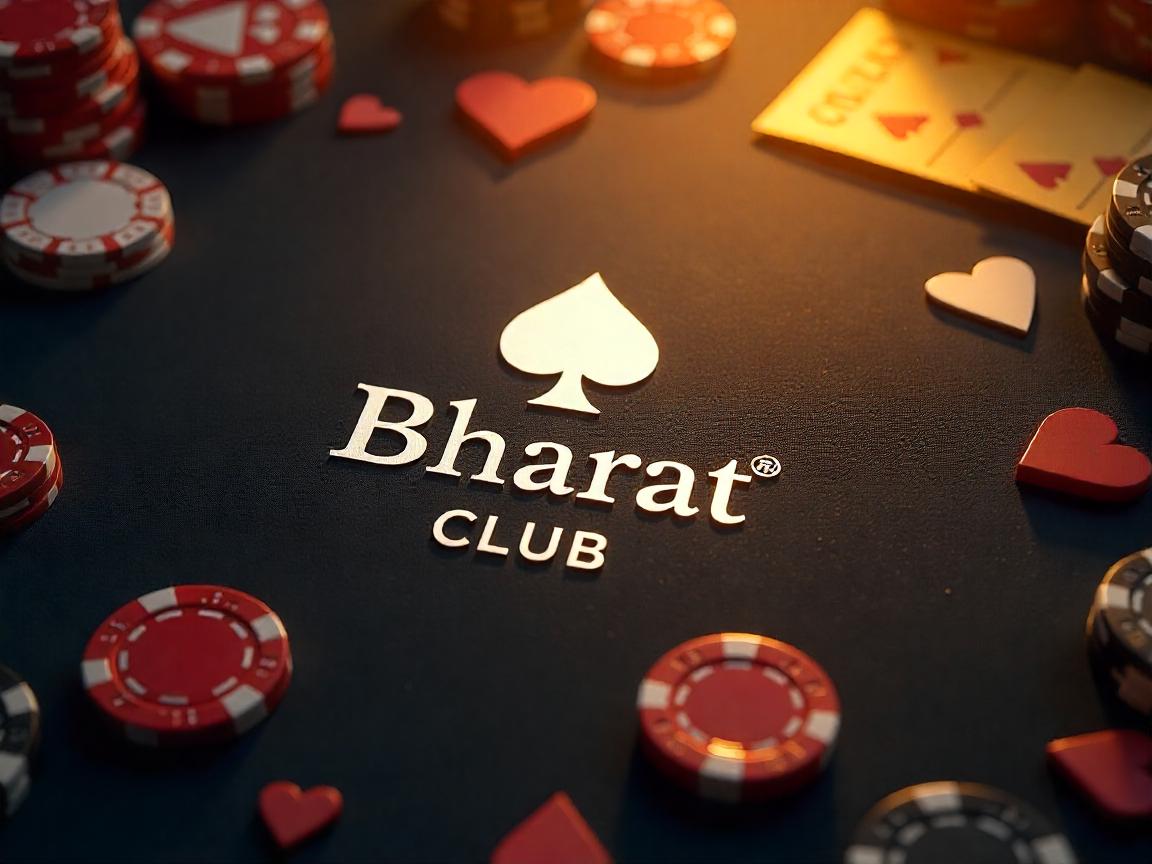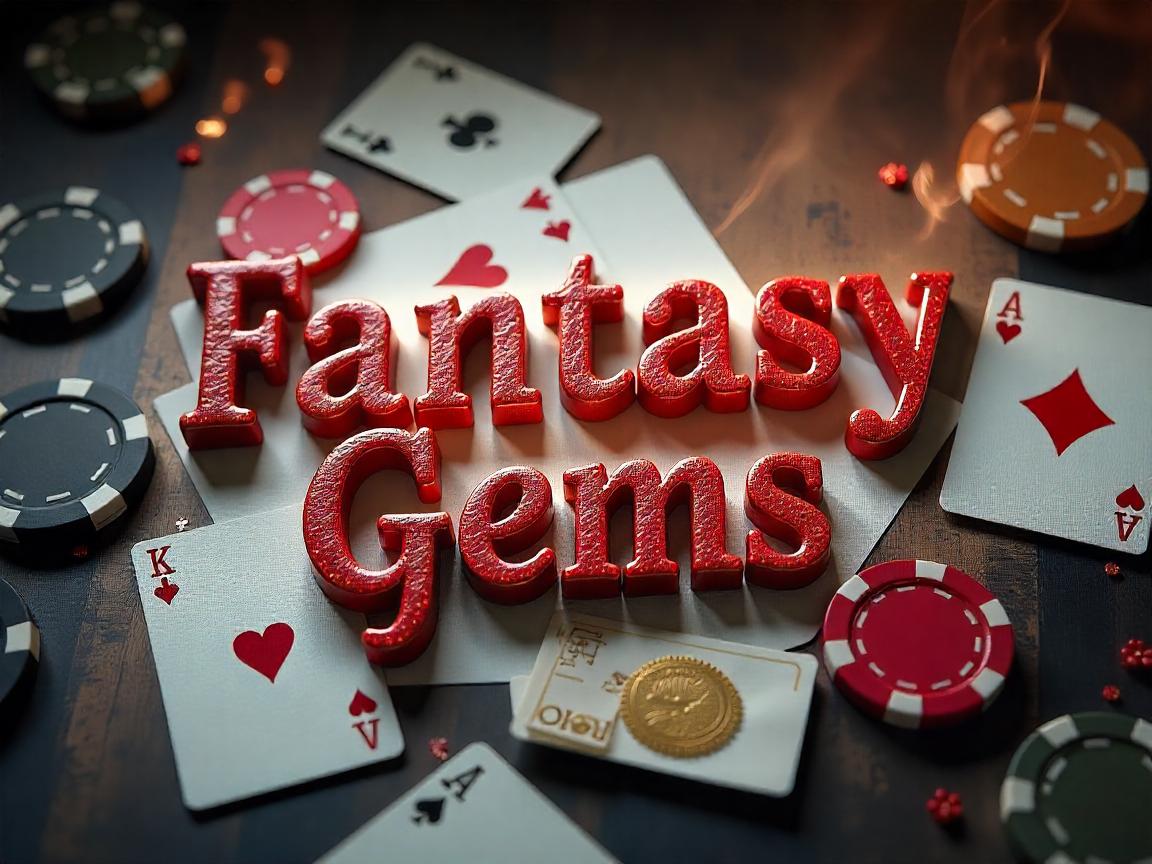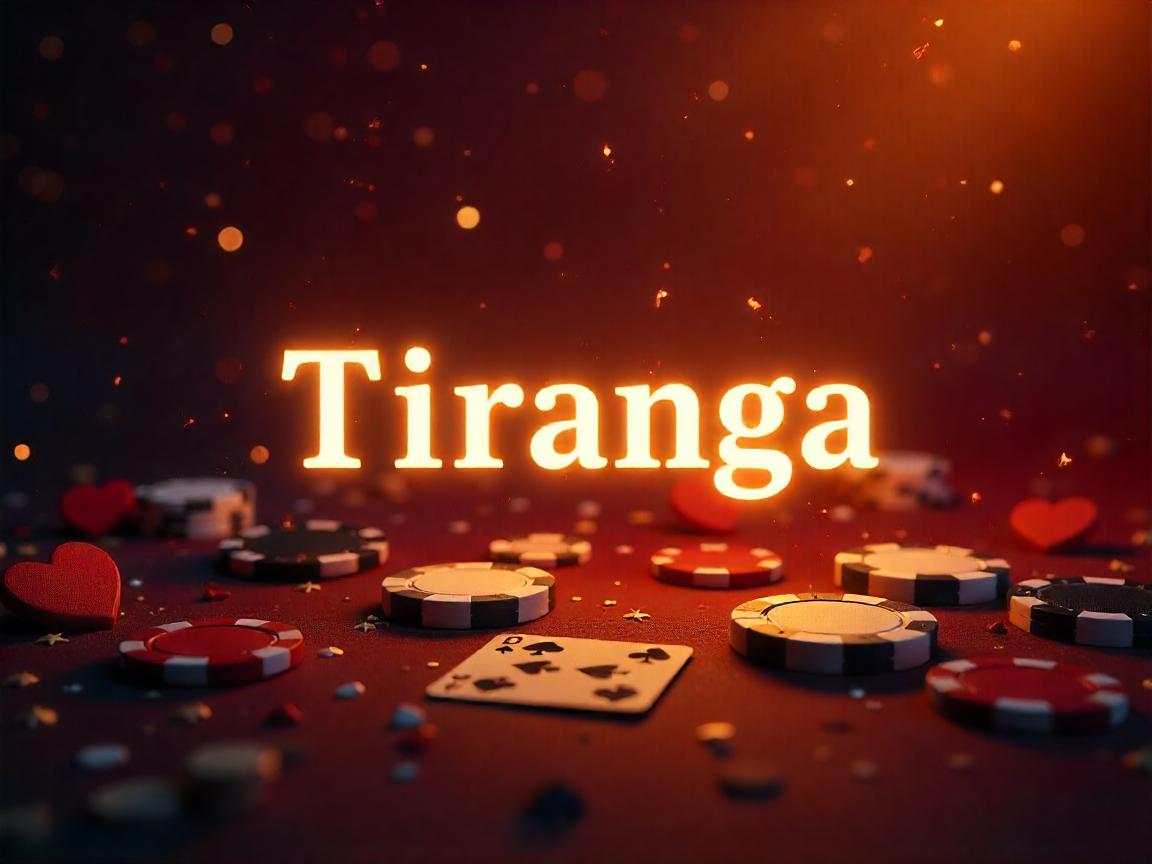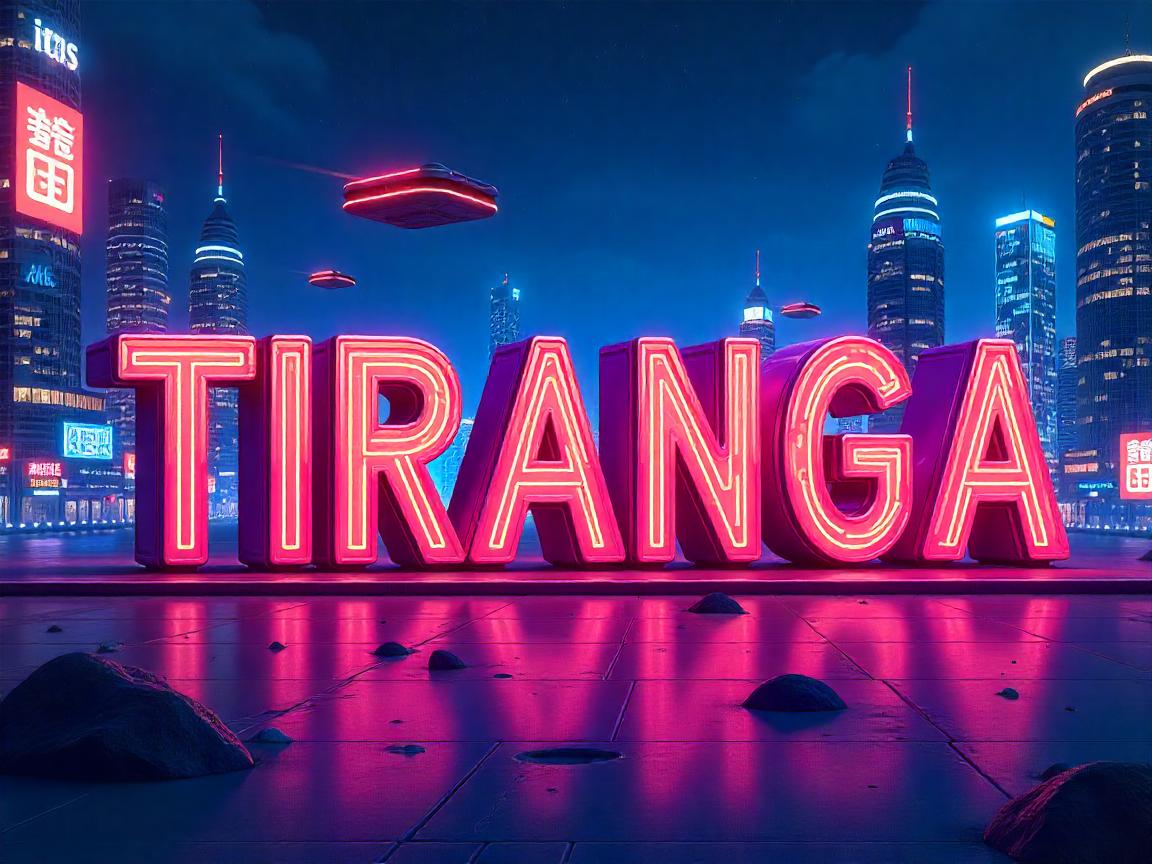Why Can’t We Stop Playing? The Magic of Addictive Games
Ever planned to spend “five minutes” on a game only to find out that you’ve spent three hours on it? Well, you’re not alone. Games have a unique feature, they can sneak up on you and reel you in.
But, how? What turns a game into a binge-worthy pastime?
Surprisingly, it is more than just fancy characters and brilliant graphics. The complete secret is in behavioral science and sophisticated game designs.
For today, smartly addictive games loops, rewards and psychological perks are the brain implants that we will explore today(to put it positively).
1. The Power of the Gameplay Loop
At the core of each engaging game is a gameplay loop, a circle of activities that keeps players mesmerized and spaced out. Look at it as a fun fair.
- Challenge: You try to face an obstacle, say beating a level.
- Action: You try to overcome it which involves an array of activities such as jumping, shooting and solving.
- Reward: Diablo !! you’ve succeeded and there is a dopamine hit!”, Moreover you can also achieve loot, points and access purpose levels.
- Repeat: But wait, the cycle starts again, but this time is slightly harder.
This loop makes use of our brains’ appreciation for success and progression. Candy Crush, Call of Duty, and Minecraft do this beautifully.
Why It Works
- Instant Gratification: Quick rewards allow many to feel accomplishment.
- Constant Progression: Each step forward feels significant, pushing to the next level.
- “Just One More Try” Effect: Failing is not the end.
2. The Brain on Games: Dopamine & Rewards
Like many things, the human brain appreciates rewards. While playing games, winning leads to the release of dopamine.
This is done by game developers through:
- Variable rewards: Random loot such as Fortnite chests and Diablo gear.
- Small Wins: Easy achievements like leveling up.
- Surprise Bonuses: Easter eggs hidden in open-world games.
All of this makes winning seem imperative and exciting, and much more fun than social media or junk food. That’s a feat.
3. Social Connection: Why Multiplayer Games Rule
As social beings, we put a lot of value in human interaction. Games that allow us to compete or collaborate, whether with friends or strangers, appeal to man’s basic need to interact.
- Co-Op Play: Work in a team to tackle challenges, like in Overwatch and Among Us.
- Competition: PvP and Leaderboard battles, like League of Legends and Fortnite.
- Shared Goals: Online communities and clans such as World of Warcraft guilds.
When a game fosters a sense of community among players, it helps sustain their engagement over time.
4. The “Almost There” Effect: Near-Misses & Progress
Ever experienced losing a match by a single point or failing a level at 99% completion? This phenomenon is called the ‘almost there’ effect and it can be very cleverly exploited.
One of the most powerful cognitively driven incentives to achieve rewards comes from the brains belief that the effective goal achievement is ‘just’ within a person’s reach…
This stunning thought process is activated every time a player encounters:
- Progress Bars/XP meters.
- Lucky Rolls (Gacha games/loot boxes).
- Unlockable Content (Skins, New Characters, New Levels unlocked).
All of these features set a gamer up for addiction and cause them to chase the next milestone relentlessly, even when they have work or sleep to catch up on.
5. Customization & Ownership: This is MY Character
Clash of Clans, Pokemon, Minecraft, Skyrim, The Sims enable users to dig deeper(invest) by time customizing their avatars/bases/gear which makes them feel a sense of ownership.
Such games provide players an opportunity to attain unique collectibles and RPG gear upgrades and then build their very own character enabling them to role-play and indulge in whatever person they want to create.
The more personal a game is and the more unique it is, the harder it becomes to let go of and subsequently enhances the users overall satisfaction.
6. The Flow State: Losing Track of Time
Wow, it’s already dinner time! I didn’t even realize how much time I spent! If this ever happened to you, know that you were likely in ‘Flow State’ a state where timelessness bends and can only be achieved when the challenge adds balance to your skills.
Games achieve that through:
- Exact balance of Difficulty(Too easy or hard removes the fun).
- Goals(Missing Quests, Objectives or Missions).
- Lack of Distractions with Smooth UI(engaging gameplay).
When a game strikes the right balance, players don’t just play, they immerse themselves in the game’s universe.
Can Games Become Too Addictive?
Not really. The best addictive games can:
✅ Improve critical thinking skills.
✅ Promote interaction.
✅ Relieve stress and provide enjoyment.
Remember the middle ground. As with any other activity, it’s important to take a break, stretch, and take a sip of water.
What Game Can You Say You Constantly Play?
Let us know in the comments! For me, it’s Rocket League. One match leads to another.

Did you like this analysis? Share it with other gamers!
Read more: https://newsheadlines.club/
